5. A Woman Under the Influence (1974)
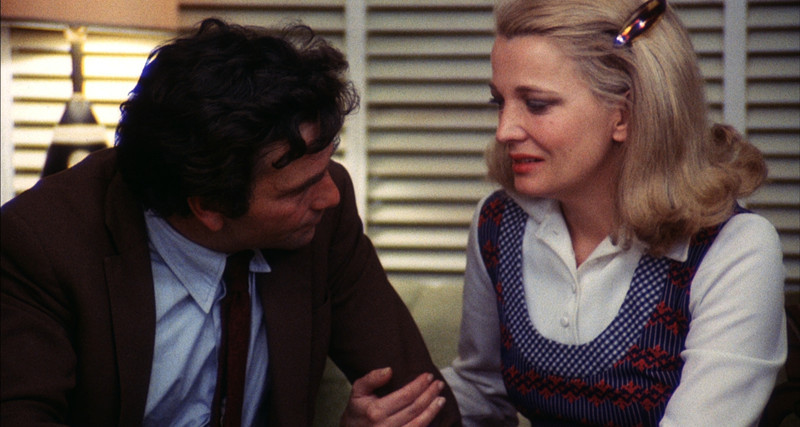
Gena Rowlands’ portrayal of Gloria Swenson is, without question, one of the best acting achievements by an actress in the history of cinema. Directed by her husband, the unrivalled John Cassavetes, the Wisconsin native displays the brutal descent into madness of a Los Angeles housewife.
Mabel (Rowlands) is the devoted wife of Nick (Peter Falk). Although she loves him, she has some strange behaviors that led to her hospitalization in a mental facility. After six months, she returns home but is incapable of living a normal life. Her mental health still seems to be in bad shape and her husband does not know how to deal with the situation.
The impact of the movie relies on Rowlands’ energetic, vigorous and dynamic interpretation. It appears that, at any time, she could have another mental breakdown. It’s this sense of imminent crisis and instability that provides the film with a vivid and powerful intensity that produces, in turn, its sorrowful aspect. After the frenzy, pain arises in a dramatic yet subtle presentation.
For Cassavetes, it’s all about the characters, because they reflect how people really are. “I have seen people destroy themselves in the smallest way, I’ve seen people withdraw, I’ve seen people hide behind political ideas, behind dope, behind the sexual revolution, behind fascism, behind hypocrisy, and I’ve myself done all these things. So I can understand them. What we are saying is so gentle. It’s gentleness. We have problems, terrible problems, but our problems are human problems.”
4. Breaking the Waves (1996)
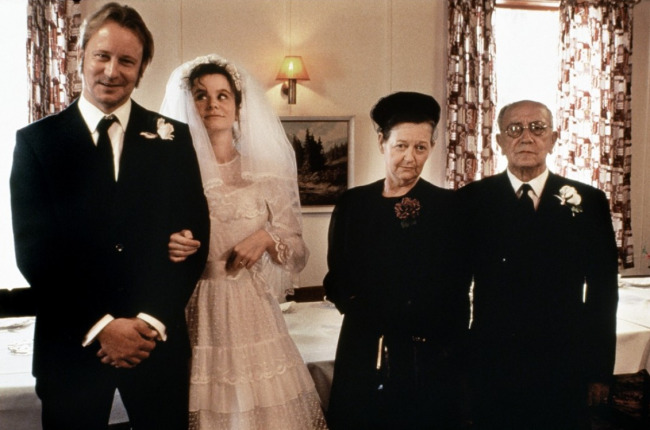
“Breaking the Waves” is the first film of the “Golden Heart” trilogy. This trilogy is based in the concept of a woman who sacrifices herself for the good of others. In this sense, Lars von Trier used the children’s picture book “Guldhjerte” as inspiration for the trilogy. In this book, a little girl goes to the woods because she gives everything to others, leaving her with nothing. The Danish filmmaker said, “It seemed to express the ultimate extremity of the martyr’s role… Goldheart is Bess in the film.”
“Breaking the Waves” tells the story of Bess McNeill (Emily Watson), a woman who suffers mental health problems and marries an atheist oil rig employee, Jan Nyman (Stellan Skarsgård). Bess lives in a very conservative Calvinist community in Scotland. This has caused in her a bizarre, almost schizophrenic, relationship with God and divinity.
One day, her husband has a work accident and becomes a quadriplegic. Bess feels that is her fault and, by request of her husband, she has casual sex with strangers because she thinks it can cure her husband.
Bess’ quest for sacrifice, her toxic love for her husband and the psychological violence of her religious community are wrapped in a structure that resembles old classic Hollywood melodramas, but is exacerbated with intensity and ferocity. “Breaking the Waves” is a dark fable about the inherent bitterness of life.
3. Au hasard Balthazar (1966)
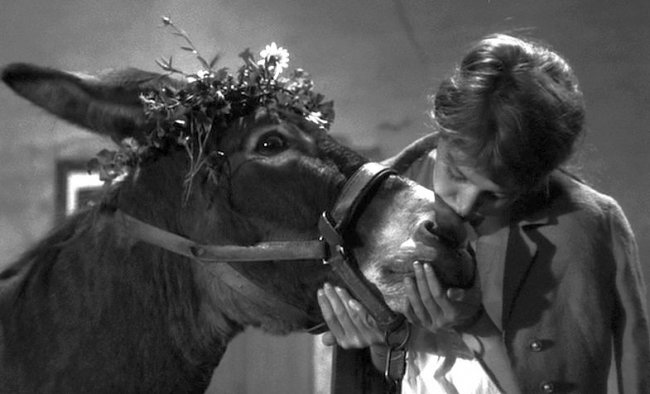
Robert Bresson’s “Au hasard Balthazar” is one of the most moving and tragic films of all time. Unlike other films in this list, the main character is a donkey, but what can be so emotive in a donkey’s life?
The films tells the story of Balthazar from birth to death. Balthazar is a donkey who, in his early years, lives on a idyllic farm in rural France. Then, he’s baptized and plays with Marie (Anne Wiazemsky) and Jacques (Walter Green). But one day, after Jacques’ mother dies, the kid has to move to the city and Marie’s father, a teacher, takes possession of the farm that was own by Jacques’ father.
Marie is in love with the violent local gang leader Gerard (Francois Lafarge) despite the everlasting love of Jacques. Although Marie adores Balthazar, the donkey has to bear the cruelty of different owners until his death. Somehow, Marie’s life echoes Balthazar’s life.
Sometimes understood as a religious allegory (as if Balthazar was, in fact, Jesus Christ), Robert Bresson displays in this film his classical minimalism that always seeks to evoke an uncertain emotional response by, paradoxically, presenting dispassionate characters over opaque non-professional actors. For Bresson it’s always about the purity of emotion. To accomplish this, he needs the audience to project their emotions onto the screen.
2. Make Way for Tomorrow (1937)
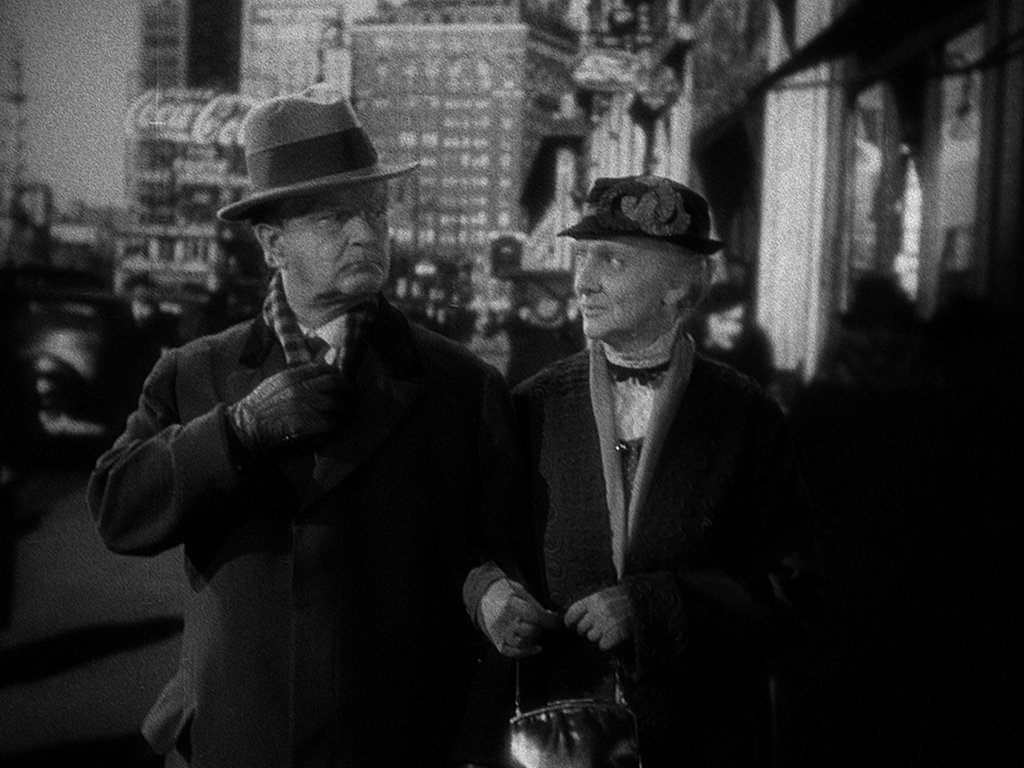
Jean Renoir once stated, “Leo McCarey understood people better than any other Hollywood director.” In his 1937 masterpiece “Make Way for Tomorrow,” the three-time Oscar-winning filmmaker displays this virtue by telling the story of an elderly couple (Barkley Cooper, played by Victor Moore, and Lucy Cooper played by Beulah Bondi) who lose their home and face the refusal of their children to host them in their own houses.
As a result of this situation, the kids must decide where their fathers will have to permanently live. They only one that has space is Nell (Minna Gombell), but she needs some time in order to convince her husband about this situation. Meanwhile, they agree that each parent will have to live in different houses separately.
Needless to say, Barkley, the elderly father, cannot find a job and, in addition, he gets so sick that his daughter suggests that he could be in better condition in a warmer climate, like California. Furthermore, Lucy, who is cared for by her son George (Thomas Mitchell), will have to go to an asylum because her presence annoys the house.
Before this departure happens, the couple decides to spend one last afternoon together. They walk around the city and visit the hotel where they spent their honeymoon. At the end of the day, Lucy accompanies her husband into the rail station and bids him farewell, as if it was the last time that she will see him in this life.
Orson Welles stated the the film “would make a stone cry”; Yasujiro Ozu based his critically acclaimed “Tokyo Story” on it and there are good reasons for this happen. “Make Way for Tomorrow” displays its characters with veracity and sincerity, never inducing or using cheap melodramatic techniques to make the film falsely emotive.
Everything is shown as it is: the indolence of the kids, the never-ending love between the two leads, and the uncertainty of the future. As Roger Ebert said, “It is remarkable that a film this true and unrelenting was made by Hollywood in 1937.”
1. Grave of the Fireflies (1988)
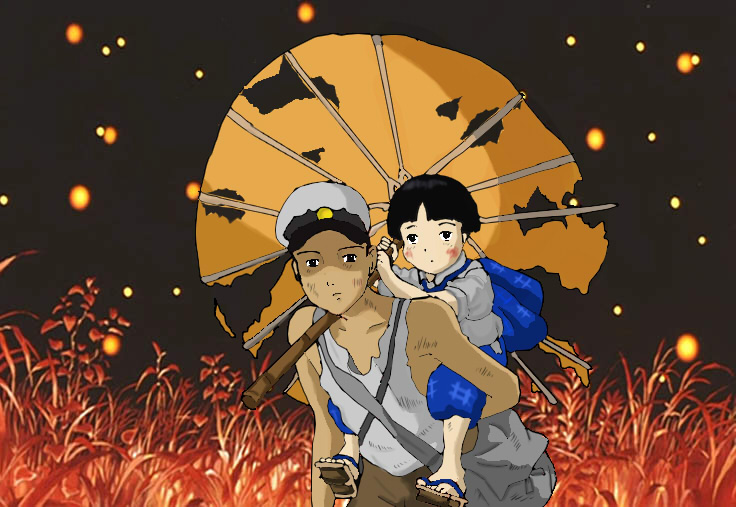
Fireflies in Japanese culture have been used both as a metaphor for passionate love and as a symbol “of the souls of soldiers who have died in war,” as Namiko Abe suggests.
In this respect, this second meaning structures Isao Takahata’s touching and heartbreaking masterpiece “Grave of the Fireflies.” Set during the final months of the Second World War, the film follows the survival attempt of two siblings, Setsuko and Seita, after the bombing of Kobe, their hometown.
The film, produced by the acclaimed Studio Ghibli, differs from the ones created under Hayao Miyazaki’s supervision, mainly in its emotional tone. In Miyazaki’s films, there is always a sense of optimism, idealism and fantasy that commonly implies that its stories are going to end up with a uplifting yet nostalgic message.
In contrast, in “Grave of the Fireflies,” the film is full of a hopeless and tragic atmosphere because it’s stated, from the beginning, that both characters are going to die and live in the eternal life as “Fireflies” due to the brutality of war.
There are many elements that are incredibly sad in this film: the loss of their parents, the rejection of a relative, the disappearance of their city, and above all, an omnipresent quest for survival. Directed with passion and empathy, the film becomes a poetic testimony of the profound consequences of war in the lives of the innocent.
Author Bio: Diego Jorquera is a filmmaker from Viña del Mar, Chile. When he’s not doing anything related to film, he’s probably summoning ancient spirits in some remote forest.